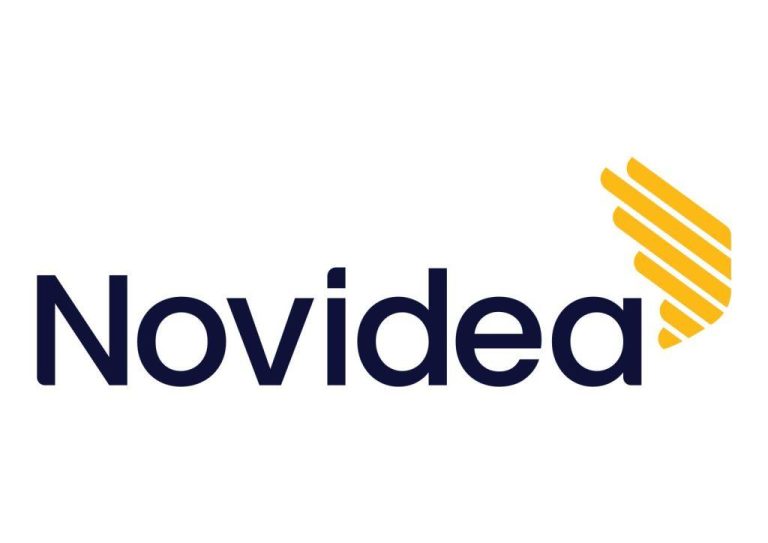
After spending decades saving for your retirement — and maybe making some sacrifices along the way — you’ve finally retired.
Now you can start living off your nest egg, which, if managed prudently, can maintain your standard of living while allowing you to spend more on indulgences like travel, hobbies and dining out.
But, if you’re like many Canadian retirees, this won’t be the case. Why? Because you won’t spend enough to get the most out of your retirement — even though you can.
It’s not easy being a spender
Economic theory suggests that we should try to keep our level of consumption steady throughout our lifetime. Yet, studies have shown that we reduce our inflation-adjusted consumption in retirement. This is known as the ‘retirement consumption paradox.’
For those without enough retirement income, this may be out of necessity. But it’s more likely driven by fear.
According to CPP Investments61% of Canadians are worried about running out of money in retirement.
Among non-retirees, having a financial plan set in place is one of the top reasons why they don’t worry about their retirement savings. Yet, many still restrict their savings. So, how can you move from a savings mindset to a spending mindset and begin to enjoy your retirement?
How to change your mindset
Knowledge is power, so first get a handle on your numbers. Be sure you have a full accounting of all your investments, pensions, governmental benefits, annuities and any other sources of income.
Do the same for your expenses. Hopefully, you’ve spent some time tracking them in your preretirement years so you have a place to start. You’ll want to create a budget for your retirement years and then track your spending (using an app is a great way to do this) so you can adjust as needed.
With this knowledge in hand, you can determine how much you’ll need to withdraw from your investments. It’s possible to reasonably draw down the principal each year and still have your money last for decades.
One commonly used method for determining a sustainable level of withdrawals is the 4% rule, by which you withdraw 4% of your portfolio the first year and then 4% plus an adjustment for inflation each subsequent year.
Regardless of the plan you’ve set up, you’ll need to learn to trust it — many don’t. But this is the time of life to stop saving and start spending, so don’t be afraid to embrace this new mindset.
That doesn’t mean you shouldn’t be keeping an eye on your investments. Each person is different, and it’s worth consulting an adviser, but you’ll want to make sure your investments are serving your interests in retirement.
For example, you might want a more conservative portfolio than when you were in your 30s and 40s, but you also might want some potential for growth to weather inflation or help your savings last longer.
If you don’t have a pension, you may want to consider buying an annuity. An annuity is a contract with an annuity provider, like a life insurance company, in which you pay a lump sum up front and then receive payments for either a set period of time or for the rest of your life.
Some studies have shown that people with annuities spend more and feel happierin retirement. To be comfortable that you’ll better weather potential risks, be sure you’re properly insured. Property damage, travel incidents and health issues can be expensive shocks and can derail your retirement plans. Insurance can help mitigate some of the financial damage.
If you’re not sure where to start, a financial adviser can help you decide how much to withdraw from your savings to meet your retirement goals — which, in turn, can help you overcome your fear of withdrawing this amount.
Sources
1. The Globe and Mail: Many Canadians underspend in retirement for no good reason. Here’s what they can do by Alison Macalpine (June 18, 2024)
2. CPP Investments: Nearly 2 in 3 Canadians worry about retirement savings: survey (Oct 30, 2024)
3. Government of Canada: Annuities
4. New York Life: Annuity owners report spending more, staying invested, and feeling happier in retirement (June 21, 2023)
This article provides information only and should not be construed as advice. It is provided without warranty of any kind.


